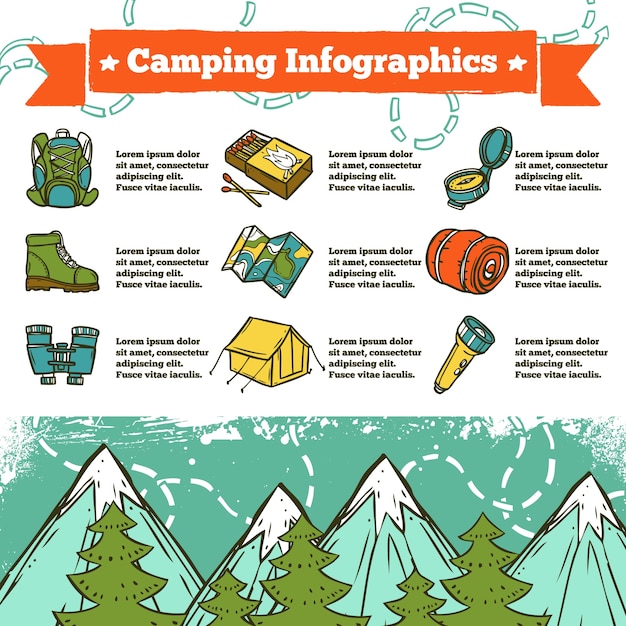Angles play a crucial duty in building and construction. They influence security, stamina, capability, and also aesthetic appeals. Builders make use of different types of angles for frames, foundations, building materials, and much more.
From renowned bridges like the Golden Gate Bridge to day-to-day commercial warehouses, steel angle bars are an important element of lots of steel frameworks. Their longevity and strength make them a perfect material for sustaining hefty lots and standing up to environmental challenges.
Toughness
In the construction industry, 90 degree angles are important for keeping structures strong and secure. They can be located in several projects, including structures and structural structures. They additionally aid disperse the weight of a structure equally and protect against changes or splitting.
In business structures, steel angle is commonly utilized to link or strengthen metal stud framing. Its longevity indicates it can stand up to heavy tons and last for years, making it a prominent option in industrial workshops.
In addition, the adaptability of steel angle permits it to suit a selection of building styles. This flexibility is improved by its wide variety of lengths and thicknesses, which allow designers and engineers to customize their structures. Spherical edges likewise decrease tension concentrations and improve bending strength, especially in end-notched beam of lights. This enables them to be included into larger frameworks, like roof covering trusses, without jeopardizing their honesty. The synthesis of robust stamina and adaptability makes steel angle a vital possession for creating big, intricate building structures.
Sturdiness
Architectural security is vital to the durability of doors and windows, guaranteeing that they can hold up against environmental stress and anxieties over time. The use of welds and company joints, in addition to strengthened edges, helps decrease the threat of failure and decreases maintenance prices.
The 90 degree angle is a staple in building and construction tasks due to its ability to give stability and strength. Nonetheless, designers likewise use other sorts of angles in their layouts to accomplish certain goals. As an example, curved inside corners boost structural security in stone structures by distributing tension evenly.
Other applications of the L-angle include developing bordering and yard and landscape elements. The strength of these pieces enables them to endure the aspects and create specified limits in gardens and sidewalks. They are additionally an eye-catching choice to bulkier materials and can complement the natural shapes of exterior rooms. Finally, the toughness of steel angle supports green construction practices by decreasing resource usage and prolonging the life of buildings.
Flexibility
The right angle is a critical item in the structure of several natural and synthetic frameworks. The ideal angles are located in squares, rectangles and triangulars and help the forms hold their stamina and stability. Designers rely on the appropriate angle to develop and develop buildings, bridges and other frameworks.
Adaptability is the capability to relocate one or more joints with a series of motion without injury. In contrast to even more basic or systemic fitness elements, flexibility is extremely details to individual joints and may differ considerably between people. This makes it tough to develop an association in between a certain versatility examination and health end results in youth.
This chapter provides a review of what is presently found out about the relationship in between adaptable activities and health outcomes in youth. It goes over physiology that underlies the partnership between flexibility and handbag health and wellness, and examines generally made use of flexibility tests. The chapter additionally takes a look at the staminas and limitations of existing information concerning these partnerships.
Appearances
Whether you utilize an edge for a bookshelf or as a place to display your collection, the angle forms just how it's viewed. Curves evoke soft qualities and approachability while angles bring structure and power. When made use of together, rounded and angular designs produce a harmonious equilibrium that really feels modern and sophisticated.
Scientific study demonstrates that people prefer rounded corners, even when they're not knowingly aware of it. They're less complicated on the eyes and decrease stress and anxiety by minimizing cortisol levels in the brain. Scientists believe this is because sharp angles activate the amygdala, causing a risk feedback similar to that of thorns or claws.
Spherical shapes are likewise a trend in interior design, and they're anticipated to continue to control the digital world. Anticipate squircles and waved sides to come to be much more noticeable in UI/UX and in home design, along with AI-driven tools that enhance edges based on individual actions (16 ). In the long run, they'll supply stability while preserving style, beauty and approachability.
